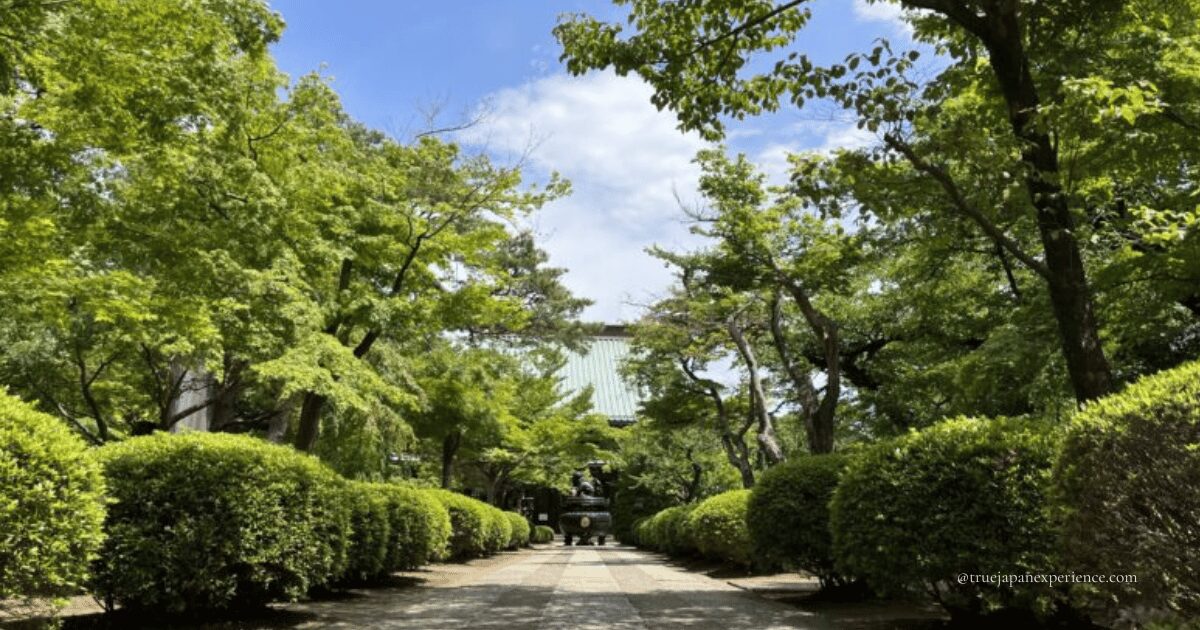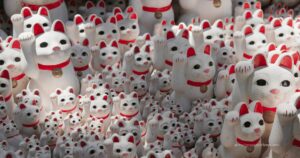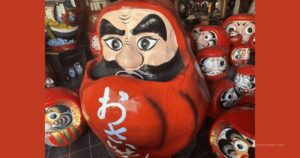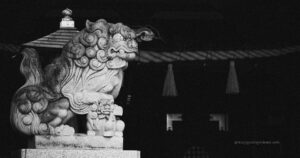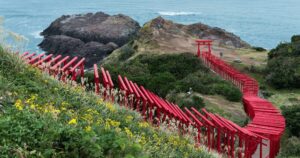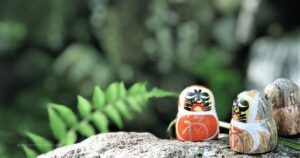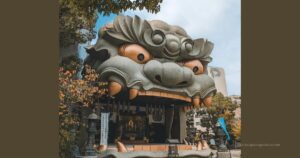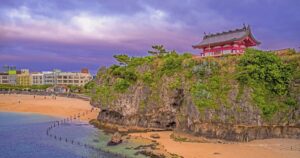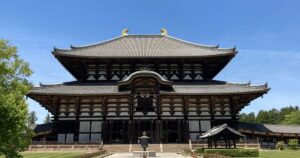Gotokuji Temple is in Setagaya, Tokyo. It is known as the birthplace of the “Maneki-neko,” or lucky cat. People who love cats and even first-time visitors to Japan will find it a great place to visit.
Inside the temple grounds, you will see many small Maneki-neko lined up. It looks like a cat paradise! The temple is in a quiet neighborhood, where you can feel calm. You will enjoy the old temple feel and warm Japanese culture.
In this article, I will share the secrets of the Maneki-neko, the best spots to visit, and how to get there easily. I hope it helps you plan your next trip to Tokyo!
Why You Should Visit Gotokuji Temple: A Maneki-neko Paradise and a Calm Place
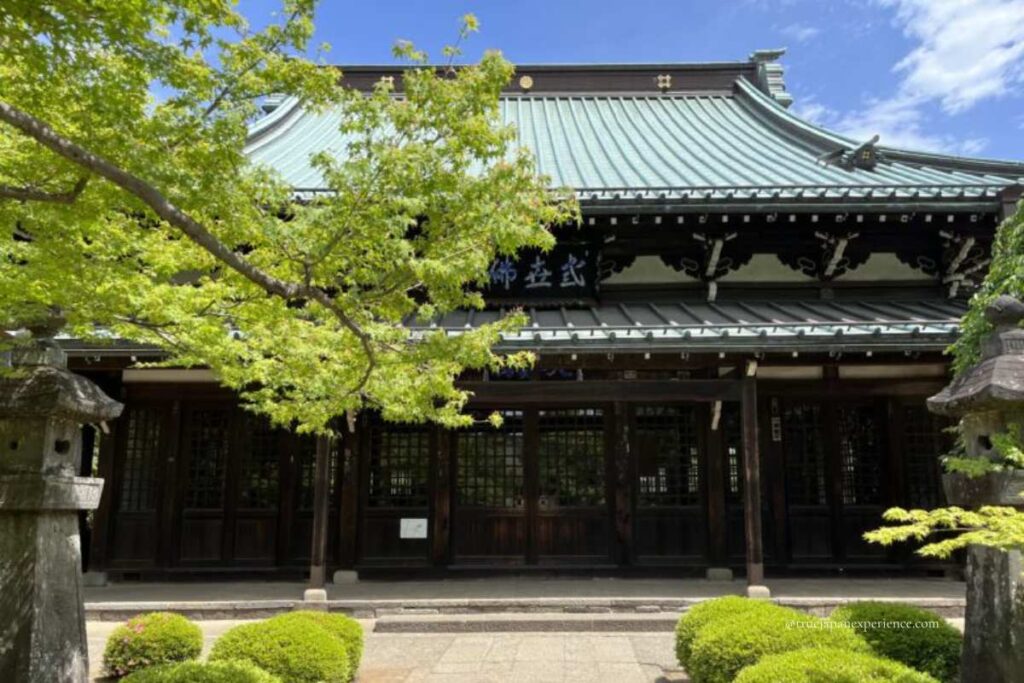
Gotokuji is a quiet temple in the busy city. But many people visit because it is the birthplace of the lucky cat. The lucky cat is a famous good luck symbol in Japan. At Gotokuji, you can feel its story and charm.
You will see many lucky cats of different sizes. They cover the temple grounds like a sea of cats. It is a popular place for photos and a spot believed to bring good luck.
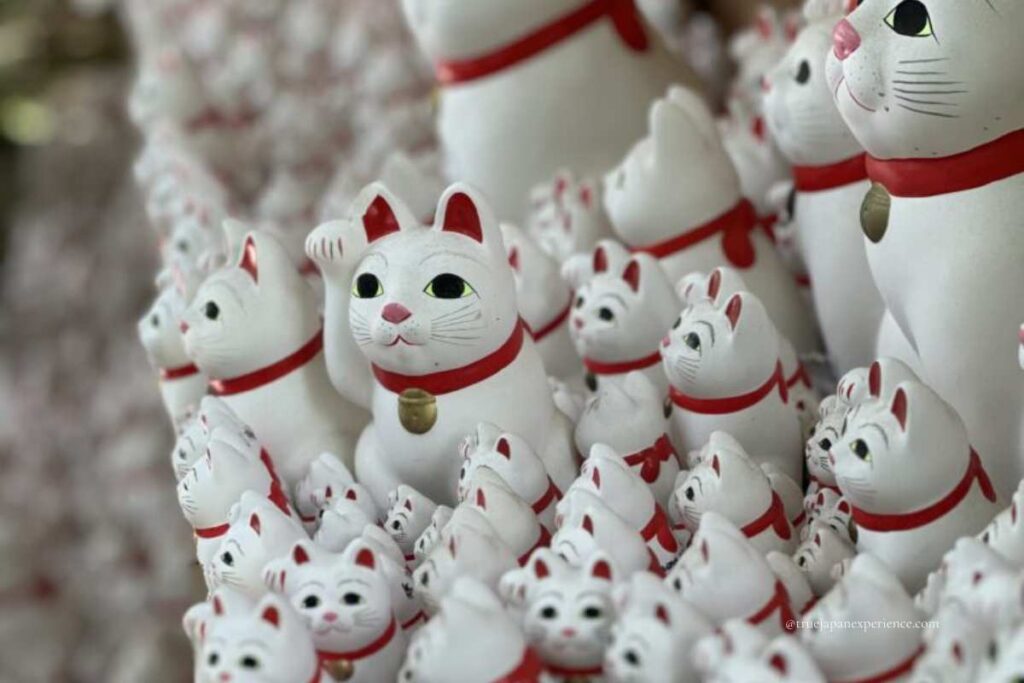
The lucky cats at Gotokuji Temple raise their right paw, which is commonly believed to bring money and good fortune. Their unique charm and setting make them special, even though the right paw gesture is common among lucky cats.
If you want to take a break from busy city life, this is a perfect place. Cat lovers, history fans, culture seekers, and social media lovers will all enjoy it.
Gotokuji is a calm place where you can relax and feel happy. Please add it to your list when you visit Tokyo!
The Story and History of Gotokuji Temple: The Birthplace of the Lucky Cat and the Ii Family Temple
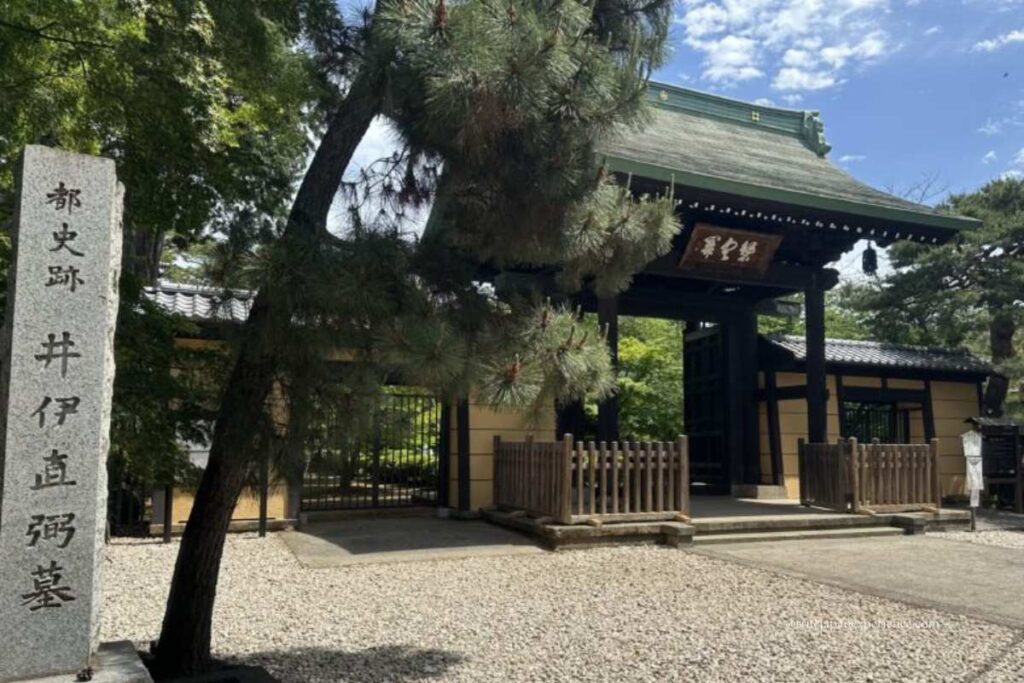
Gotokuji started long ago in 1480. A man named Kira Masatada built a small temple called “Kōtokuin” in Setagaya. Later, the Ii family, who were rulers of the Hikone region, made it their family temple.
During the Edo period, the temple became famous. Important people from the Ii family, including Ii Naosuke, who was a great leader, are buried there. The temple and their graves are protected as important historic places by the government.
Gotokuji is also known all over the world as the place where the Maneki-neko was born. Many visitors come to see and feel its magic.
The history of Gotokuji Temple
The temple started in 1480 by Kira Masatada, who built Kōtokuin for his aunt. It was originally part of a Buddhist sect called Rinzai.
In 1584, it changed to the Soto sect. In 1633, the area became controlled by the Ii family. The second leader, Ii Naotaka, fixed the temple and made it his family’s temple.
He gave the temple its new name, Gotokuji, after his own special Buddhist name. Many graves of the Ii family and culture items are there. Ii Naosuke’s grave is also at Gotokuji. These places are protected as important historical sites.
The Birthplace of the Maneki-neko
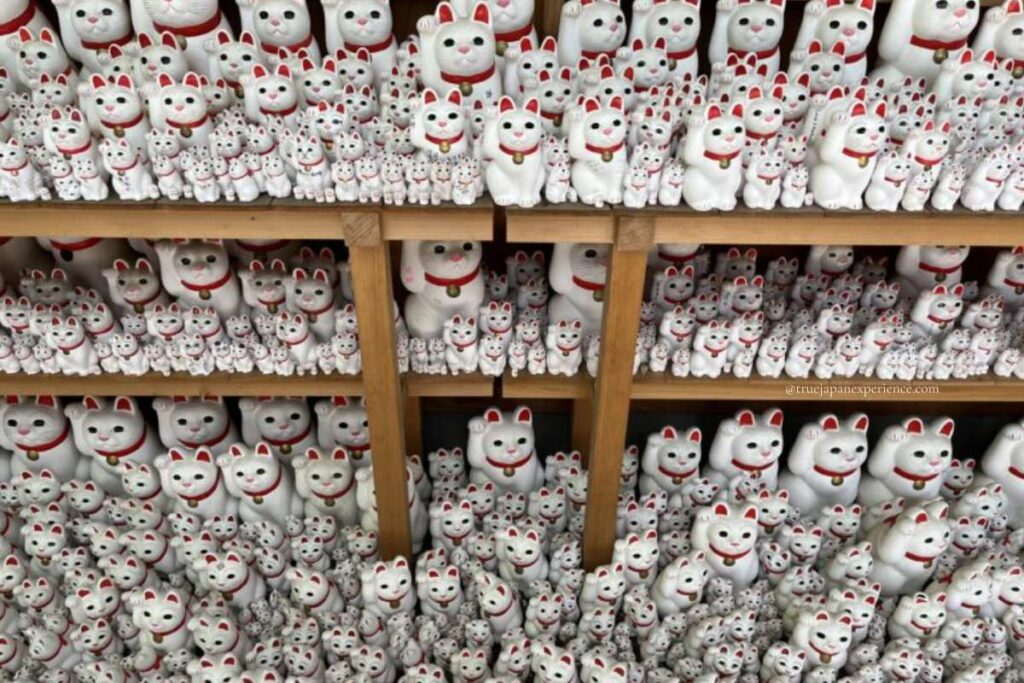
Gotokuji is famous because of a special story about the Maneki-neko.
Long ago, the leader Ii Naotaka was out hunting. A cat at Gotokuji waved its paw to him. Then, he went into the temple. Right after that, a big storm came. The cat saved his life by inviting him inside.
Because of this, the Ii family made Gotokuji their family temple. The lucky cat became a symbol of thanks and good luck.
Today, many lucky cats are placed in the temple grounds. People call the place the “sea of lucky cats” because there are so many.
In 2006, a tall three-story tower was built with many lucky cats carved into it. This makes the temple even more special and lucky.
Want to know more cool facts about Maneki-neko, their different styles, and where to find them around Japan?
Check out this fun guide here: Maneki-neko – The Lucky Cat of Japan: History, Designs, and Travel Spots.
Experiences and Fun at Gotokuji Temple: From Offering Maneki-neko to Exploring the Town
Gotokuji is not just a temple to see. You can have many fun and special experiences here.
It is perfect for cat lovers and people who want to learn about Japanese culture and history. It is also great for taking photos and collecting lucky charms.
Let’s see what you can do here.
Offering Maneki-neko and Collecting Goshuin (Temple Stamps)
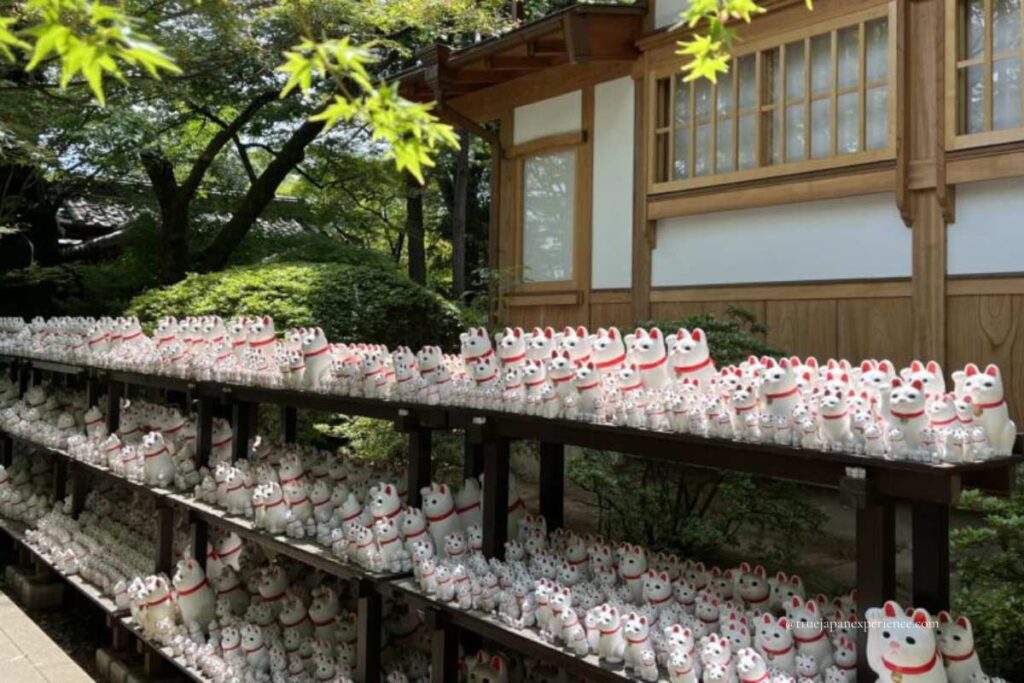
At the “Shofukuden” hall, you can buy Maneki-neko of different sizes. When your wish comes true, you can return the Maneki-neko to the temple. Many visitors put their hopes and thanks into the cats they offer.
The temple also has a special goshuin, or temple stamp, with a lucky cat design. You can get one from 8:00 a.m. to 4:30 p.m. It is easy and fun for visitors.
Making Wishes on Ema (Wooden Prayer Plaques)
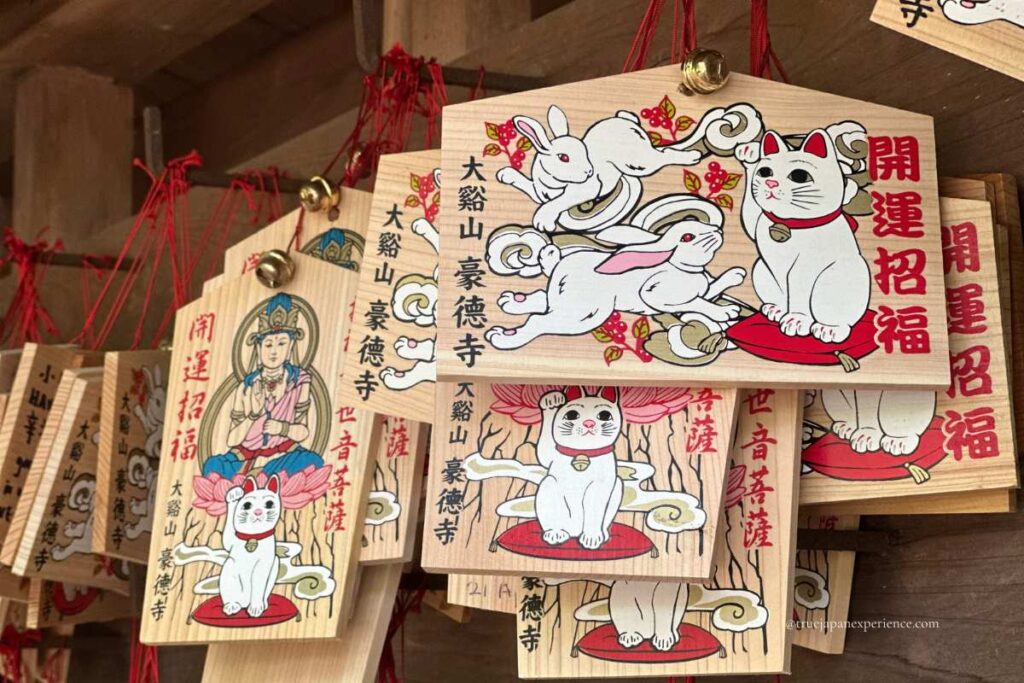
You can write your wishes on special ema that have lucky cats painted on them.
People pray for cat health, family safety, and business success.
The temple also has ema with multiple languages. Visitors from other countries feel welcome and comfortable.
Photo Spot Walks
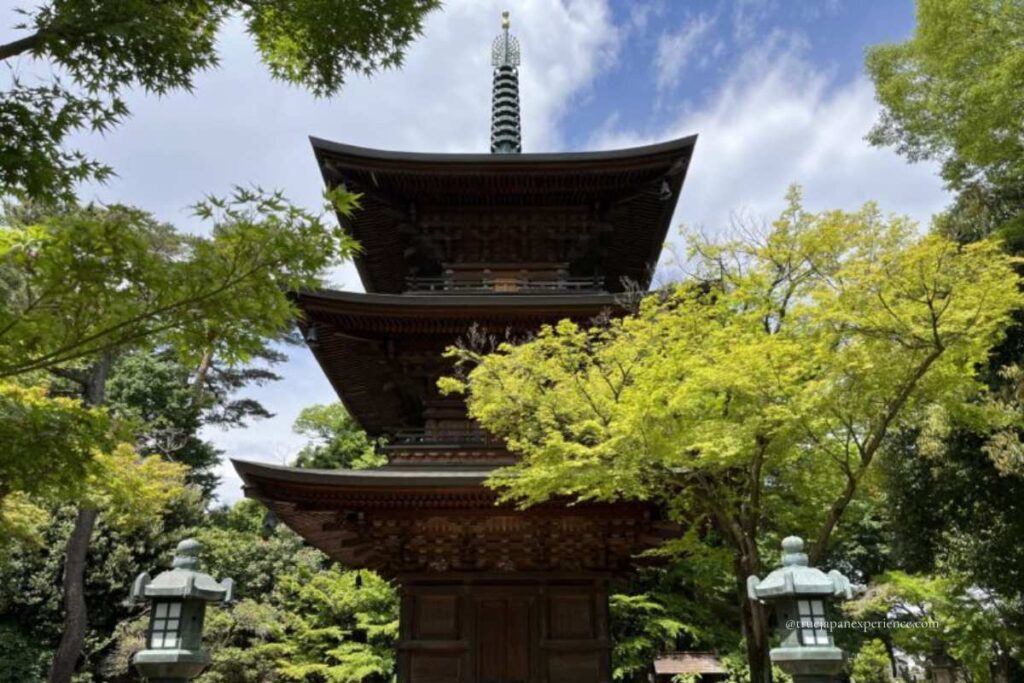
The temple grounds have not only lucky cats but also beautiful old buildings and nature. It is a popular place for taking photos.
The “sea of lucky cats” and the three-story tower are must-see spots.
The temple looks different in every season. Cherry blossoms in spring and colorful leaves in autumn make great photo backgrounds. It is a perfect place for social media fans.
Exploring the Shopping Streets and Local Life
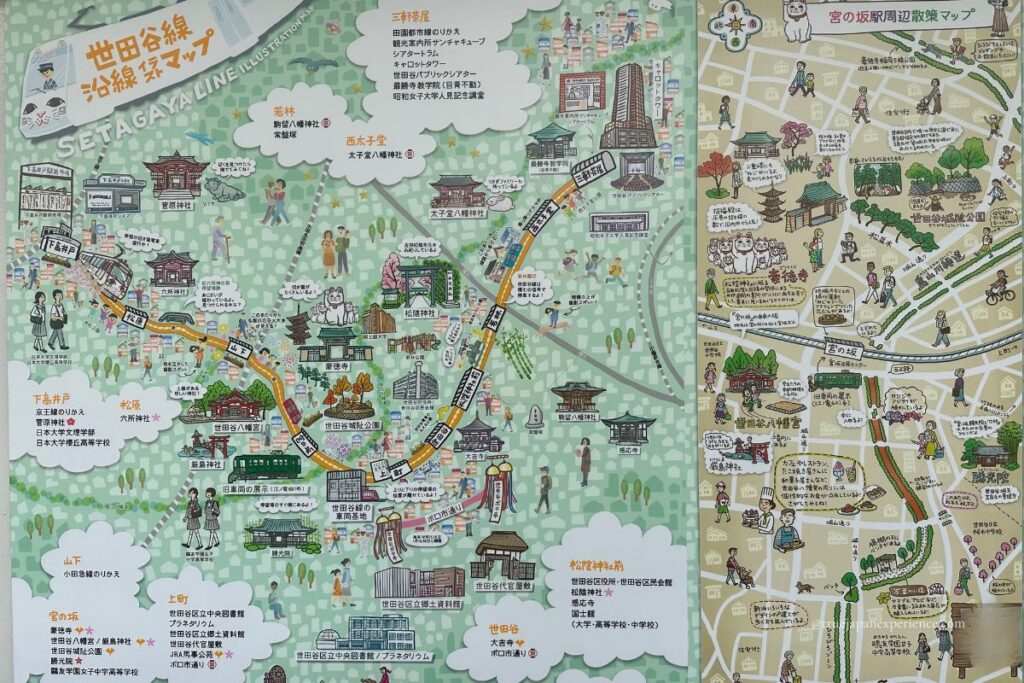
Near Gotokuji is the “Tamanyan Street.”
It has many sweets, goods, and souvenirs with the lucky cat theme.
There are also local events like the “Tamanyan Festival” and “Okinawa Festival.” These let visitors meet local people and enjoy local foods.
Other Cultural Experiences
You can also visit Setagaya Hachimangu Shrine nearby. It has an old ring used for sumo battles.
You can actually step inside the ring, which is a special history experience.
These many experiences make Gotokuji more than just a temple visit.
When you come, please take your time and enjoy it.
Access and What to Know: How to Get to Gotokuji Temple and Explore the Area
Here is how to get to Gotokuji Temple, some info about visiting, and places nearby.
Gotokuji is in a quiet neighborhood. Near the temple is a shopping street called “Tamanyan Street.” It has many lucky cat goods and popular local restaurants. It is fun to walk around and try different foods.
There are also important places like the Setagaya Ward Office and Setagaya Hachimangu Shrine.
You can use trains to visit other nearby places like Shimotakaido and Sangenjaya. The Setagaya Line tram ride is nice and fun.
Gotokuji is easy to visit. It is a place where you can enjoy history,
lucky cats, and the warm daily life of the local people. Walking around on the Setagaya Line and the shopping streets will make your trip more fun. You can enjoy both sightseeing and local culture.
Fun Facts: Little Things to Know to Enjoy Gotokuji Temple More
Gotokuji has many small stories and fun facts you might not know.
Here are some nice points to end with.
The Shofukuden Hall and Thousands of Lucky Cats
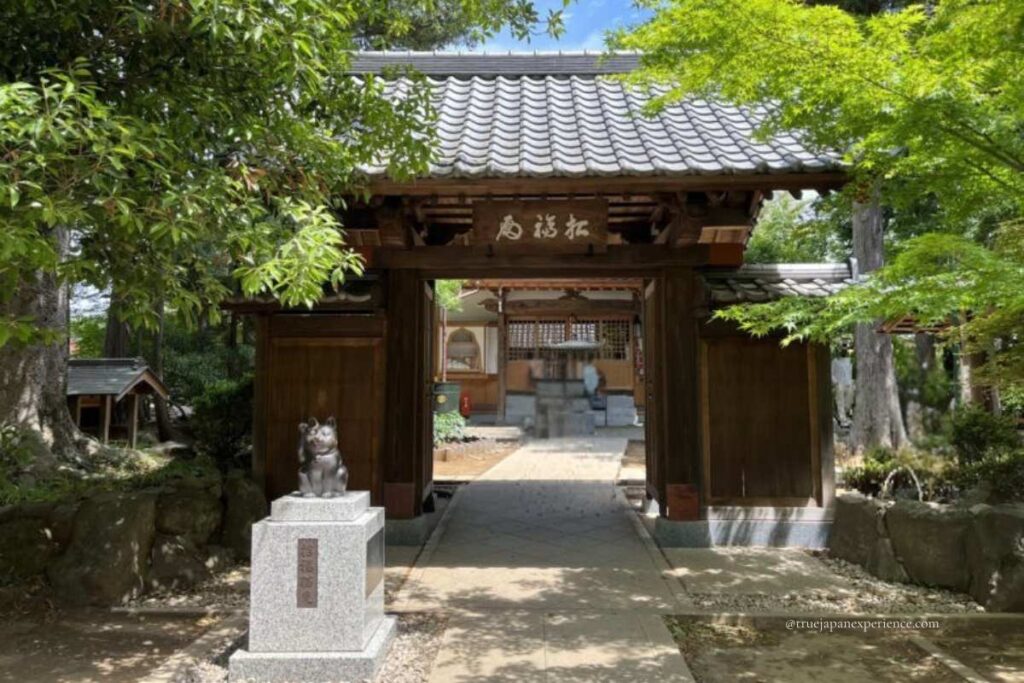
In the middle of the temple is a special hall called “Shofukuden.” It holds thousands of lucky cats brought by visitors who had their wishes come true.
The sight is amazing and called the “sea of cats.” Each lucky cat is more than a toy; it holds the wishes and thanks of people.
Hidden Cat Carvings on the Three-Story Tower
The temple’s tall tower, 22.5 meters high, has carvings of the 12 zodiac animals.
One special detail is that the cat is shown living with the rat.
This is a fun and clever play on words in Japanese and shows local humor.
The Main Buddha: Shakyamuni and the Three Buddhas
At Gotokuji, the main Buddha statue is Shakyamuni. There are also statues of three Buddhas representing the past, present, and future.
Visitors pray to leave the past behind, live well now, and hope for a good future. It makes the temple a peaceful place for the heart.
Knowing these facts can make your trip to Gotokuji more special.
You will enjoy time with the cute lucky cats and learn about Japanese culture and history. I hope your visit to Gotokuji becomes a happy and colorful memory!
If you want to learn more about the fascinating history and different designs of the Maneki-neko, as well as other famous spots to see these lucky cats in Japan, be sure to check out this detailed guide: Maneki-neko – The Lucky Cat of Japan: History, Designs, and Travel Spots.
